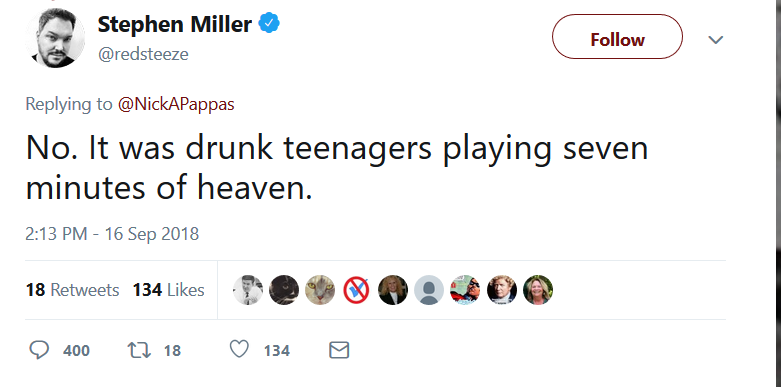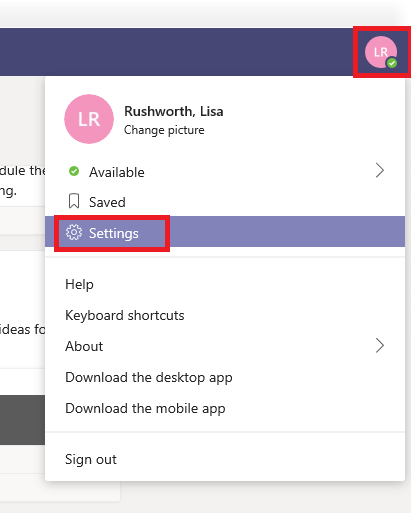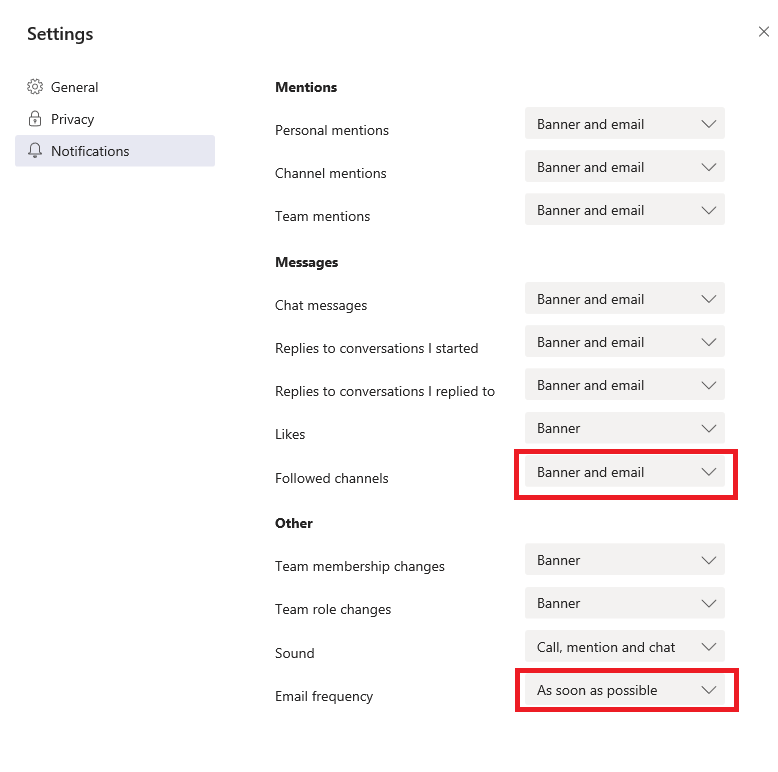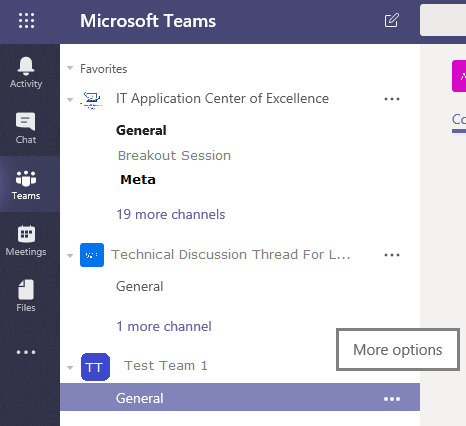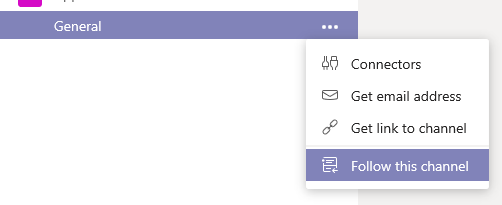As an operational support group, we did not have a software development methodology. Doesn’t mean we didn’t develop software — one of the great things within operational support is the ability to automate day-to-day tasks to reduce workload. Why have someone check for application patches when a process can watch an RSS feed or file repository and notify us when there’s an update. Why have someone clickity-click provisioning users into groups when the user can make a web request, the group owner can approve the request, and an automated process can add the user into the group? The end result of our automation programming is, well, quite a bit of software.
And with a small number of people, informal application development worked. Wasn’t ideal, but it worked. If you want to write in Java while I use C# … not ideal, but the alternative is that one of us needs to learn a new programming language. Problem is the next guy we hired uses VBS, the next guy uses PowerShell … and I’ll use perl for simpler processes. Then someone starts tweaking my code and buggers it up … and we’ve got to figure out what happened and roll back based on some tape backup.
To get our internal software development processes organized, I developed a process. And ran a training session so everyone was familiar with both the process and the tools. Some of us have used the process well — don’t edit production code, clone the repo locally, make a branch for your edits, test it and have another group member sign off on the changes, merge your branch back into master, test more, then pull the code into production. The majority, it seems, have not followed the process at all. Changes are made to the code running in production, not incorporated into the Git repo. Six months after the new development process went in place, half of our code has improperly made changes!
To an extent, I consider this a management problem … if the department doesn’t want software development to be a free-for-all, then the department managers need to ensure their staff follows the process. If the department wants everyone to do their own thing — then get rid of the process and declare our methodology as “do whatever you want”. The challenge for managers, though, is that they don’t know that someone has edited code in production and failed to commit their changes into the repo. If only there were some way to watch for improperly edited code and alert us promptly.
Other scripts I’ve found to perform a similar function attempt to parse ‘git status’ to identify all sorts of issues — but that doesn’t address the specific problem that I’ve got. To facilitate identifying offenders, I wrote a quick Python script that searches a directory tree for git repositories and alerts us when changes have not been staged for commit. If you’ve staged the changes for commit, that won’t be identified. But the particular problem we encounter frequently … there are alerts for that.
